目录
- 约定大于配置
- 自动配置机制
- 触发阶段:@EnableAutoConfiguration
- 加载与筛选:spring.factories
- Bean 注册
- 编写自定义Spring Boot Starter
- 项目结构规划
- 创建自动配置模块(hello-spring-boot-autoconfigure)
- 添加Maven依赖
- 定义核心服务类
- 定义配置属性类(可选)
- 编写自动配置类
- 注册自动配置
- 创建Starter模块(hello-spring-boot-starter)
- 添加Maven依赖
- 使用自定义Starter
- 在应用中引入Starter依赖
- 在代码中注入Bean
- 自定义配置(可选)
Spring Boot Starter 的核心设计理念是 约定优于配置,其核心实现基于 自动配置(Auto-Configuration) 和 条件化注册(Conditional Registration)。以下是其生效原理:
约定大于配置
通过预定义合理的默认行为和规范,减少开发者需要手动配置的步骤。比较显著python的变化就是减少XML配置。还有一些实际体现如下所示:
- 项目结构约定
- 默认目录结构:如
src/main/Java存放代码,src/main/resources存放配置文件。 - 配置文件命名:
application.properties或application.yml自动被加载,无需显式指定路径。
- 默认目录结构:如
- 自动配置(Auto-Configuration)
- 条件化 Bean 注册:根据类路径依赖(如存在
DataSource类)自动配置数据库连接池。 - 默认参数值:如嵌入式 Tomcat 默认端口为
8080,无需手动指定。
- 条件化 Bean 注册:根据类路径依赖(如存在
- Starter 依赖
- 依赖聚合:引入
spring-boot-starter-web即自动包含 Web 开发所需的所有依赖(如 Tomcat、Jackson、Spring MVC)。 - 开箱即用:无需手动管理版本兼容性。
- 依赖聚合:引入
- RESTful 路由映射
- 注解驱动:通过
@GetMapping("/path")即可定义接口,无需在 XML 中配置路由规则。
- 注解驱动:通过
自动配置机制
触发阶段:@EnableAutoConfiguration
- 应用启动时,
@SpringBootApplication组合了@EnableAutoConfiguration,触发自动配置流程。 AutoConfigurationImportSelector被调用,负责加载所有候选的自动配置类。
public String[] selectImports(AnnotationMetadata metadata) {
// 1. 加载所有候选自动配置类
List<String> configurations = getCandidateConfigurations();
// 2. 去重、过滤、排序
configurations = removeDuplicates(configurations);
configurations = filter(configurations, autoConfigurationMetadata);
return configurations.toArray(new String[0]);
}
加载与筛选:spring.factories
- 加载所有候选配置类
从所有 META-INF/spring.factories 文件中读取 EnableAutoConfiguration 对应的配置类。在 Spring Boot 3.x 中,自动配置类的加载方式从 spring.factories 过渡到 AutoConfiguration.imports,并引入了 ImportCandidates 类来处理这一变化。
- 去重与过滤
移除重复的配置类,并通过条件注解(如 @ConditionalOnClass ,@ConditionalOnMissingBean ) 有选择的保留当前环境的配置类。
- @ConditionalOnClass:类路径存在指定类时生效
- @ConditionalOnMissingBean:容器中不存在指定 Bean 时生效
- @ConditionalOnProperty:配置属性匹配时生效
排序
根据 @AutoConfigureOrder 或 @AutoConfigureAfter 调整配置类的加载顺序。
Bean 注册
- 筛选后的自动配置类被解析为标准的
@Configuration类。 - 每个配置类python中的
@Bean方法根据条件注解动态注册 Bean 到 Spring 容器。
编写自定义Spring Boot Starter
项目结构规划
建议分为两个模块:
- 自动配置模块:包含核心逻辑和自动配置类(如
hello-spring-boot-autoconfigure)。 - Starter模块:空项目,仅作为依赖聚合(如
hello-spring-boot-starter)。
hello-spring-boot-starter-parent(父POM) ├── hello-spring-boot-autoconfigure(自动配置模块) └── hello-spring-boot-starter(Starter模块)
hello-spring-boot-starter/ ├── hello-spring-boot-autoconfigure/ │ ├── src/ │ │ ├── main/ │ │ │ ├── java/com/example/autoconfigure/ │ │ │ │ ├── HelloAutoConfiguration.java │ │ │ │ ├── HelloProperties.java │ │ │ │ └── HelloService.java │ │ │ └── resources/ │ │ │ └── META-INF/ │ │ │ └── spring.factories │ │ └── test/ │ └── pom.xml ├── hello-spring-boot-starter/ │ └── pom.xml └── pom.xml
创建自动配置模块(hello-spring-boot-autoconfigure)
添加Maven依赖
<!-- pom.xml -->
<dependencies>
<!-- Spring Boot 自动配置基础依赖 -->
<dependency>
<groupId>org.springframework.boot</groupId>
<artifactId>spring-boot-autoconfigure</artifactId>
<version>3.1.5</version>
</dependency>
<!-- 可选:配置属性处理 -->
<dependency>
<groupId>org.springframework.boot</groupId>
<artifactId>spring-boot-configuration-processor</artifactId>
<version>3.1.5</version>
<optional>true</optional>
</dependency>
</dependencies>
定义核心服务类
public class HelloService {
private String message = "Hello, World!"; // 默认消息
public String sayHello() {
return message;
}
// Getter和Setter用于通过配置修改message
public String getMessage() { return message; }
public void setMessage(String message) { this.message = message; }
}
定义配置属性类(可选)
@ConfigurationProperties(prefix = "hello")
public class HelloProperties {
private String message = "Hello, World!";
// Getter和Setter
public String getMessage() { return message; }
public void setMessage(String message) { this.message = message; }
}
编写自动配置类
@Configuration
@EnableConfigurationProperties(HelloProperties.class) // 启用配置属性
@ConditionalOnClass(HelloService.class) // 当HelloService在类路径时生效
public class HelloAutoConfiguration {
@Bean
@ConditionalOnMissingBean // 当用户未自定义HelloService时生效
public HelloService helloService(HelloProperties properties) {
HelloService service = new HelloService();
service.setMessage(properties.getMessage());
return service;
}
}
注册自动配置
在 resources/METAJRhup-INF/ 下创建 sprin编程g.factories 文件:
org.springframework.boot.autoconfigure.EnableAutoConfiguration=\ com.example.autoconfigure.HelloAutoConfiguration
创建Starter模块(hello-spring-boot-starter)
添加Maven依赖
<!-- pom.xml -->
<dependencies>
<!-- 引入自动配置模块 -->
<dependency>
<groupId>com.example</groupId>
<artifactId>hello-spring-boot-autoconfigure</artifactId>
<version>1.0.0</version>
</dependency>
</dependencies>
使用自定义Starter
在应用中引入Starter依赖
<!-- 用户项目的pom.xml -->
<dependency>
<groupId>com.example</groupId>
<artifactId>hello-spring-boot-starter</artifactId>
<version>1.0.0</version>
</dependency>
在代码中注入Bean
@RestController
public class HelloController {
@Autowired
private HelloService helloService;
@GetMapping("/hello")
public String hello() {
return helloService.sayHello();
}
}
自定义配置(可选)
在 application.properties 中修改消息:
hello.message=你好, Spring Boot!
到此这篇关于Spring Boot Starter 自动装配原理的文章就介绍到这了,更多相关Spring Boot Starter 自动装配内容请搜索编程客栈(www.devze.com)以前的文章或继续浏览下面的相关文http://www.devze.com章希望大家以后多多支持编程客栈(www.devze.com)!
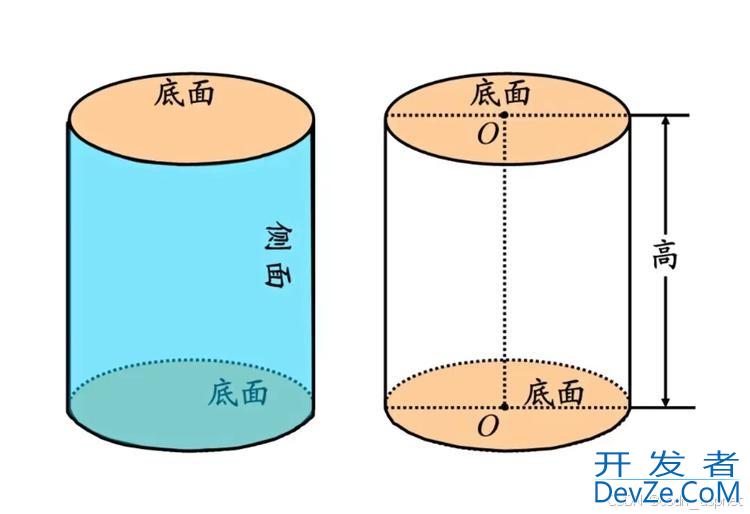
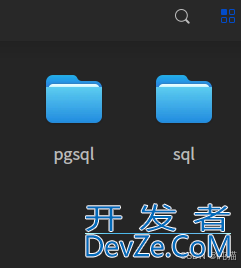
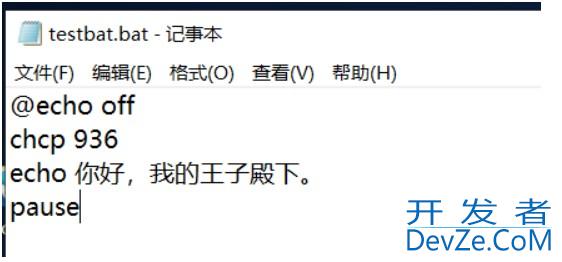
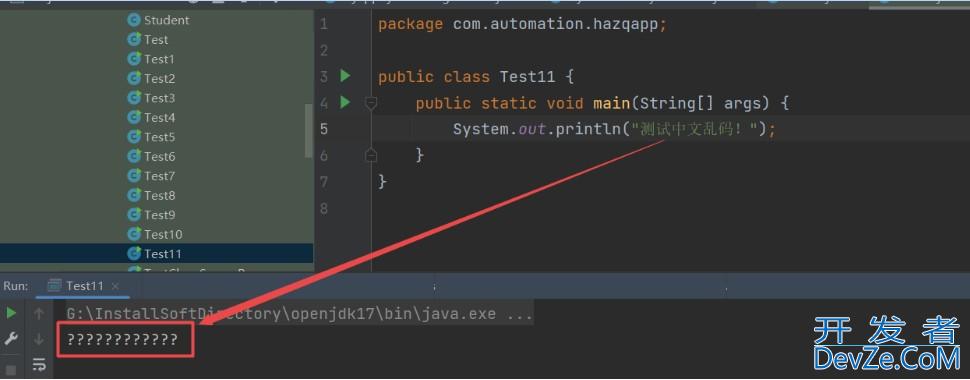
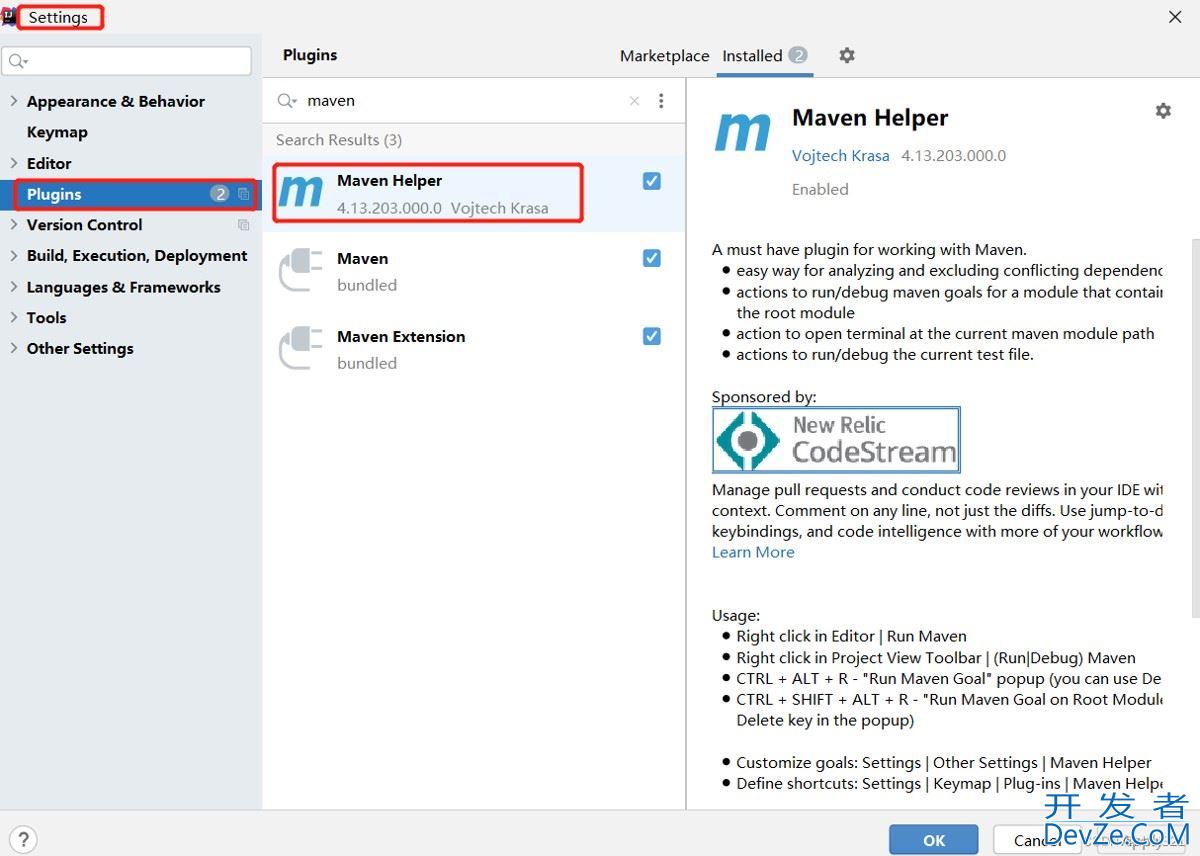
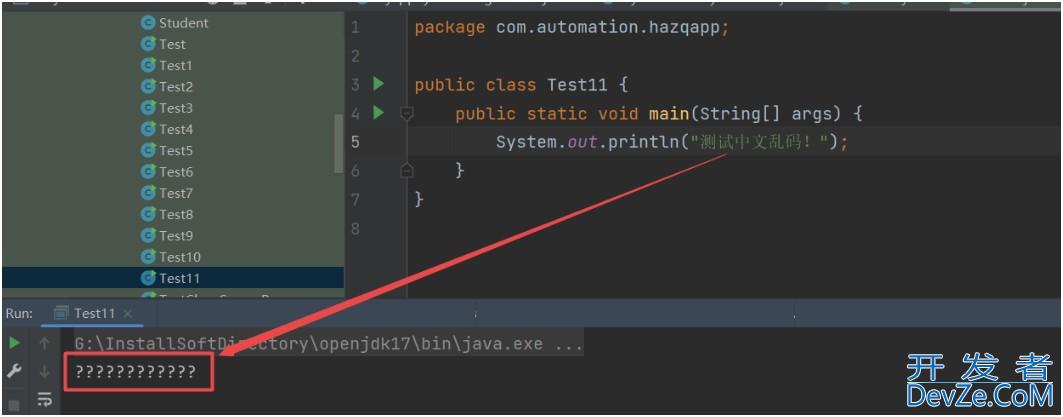
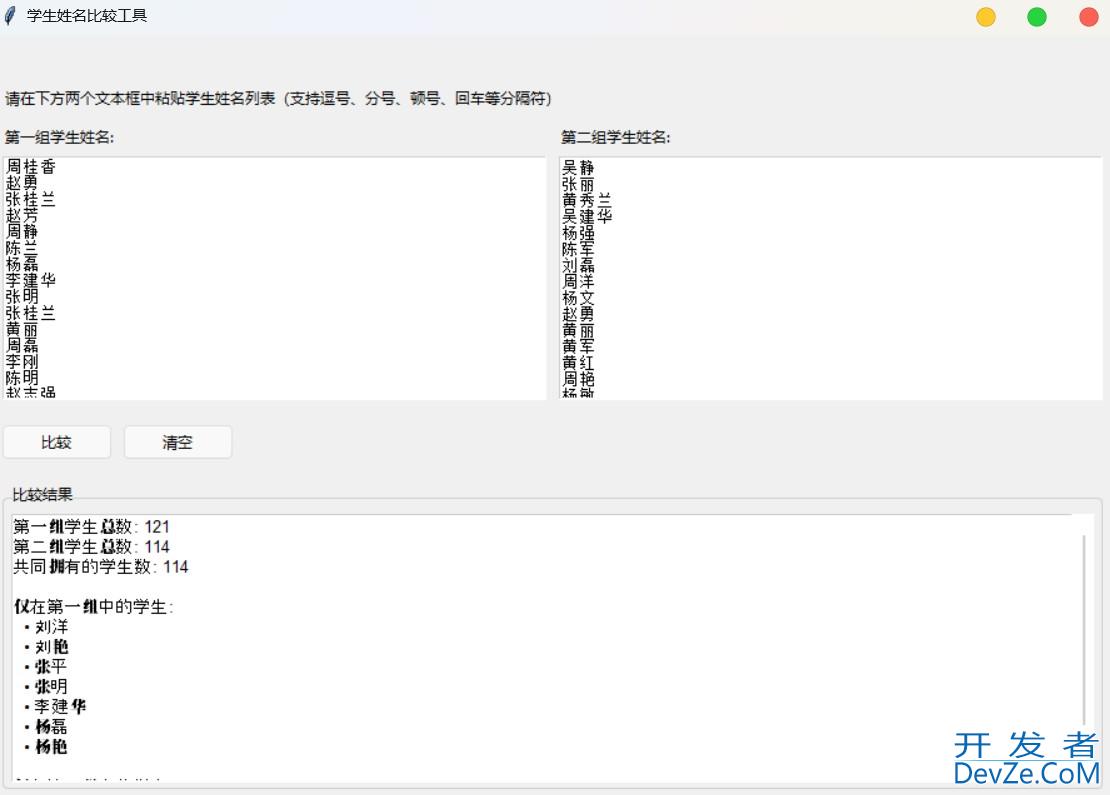
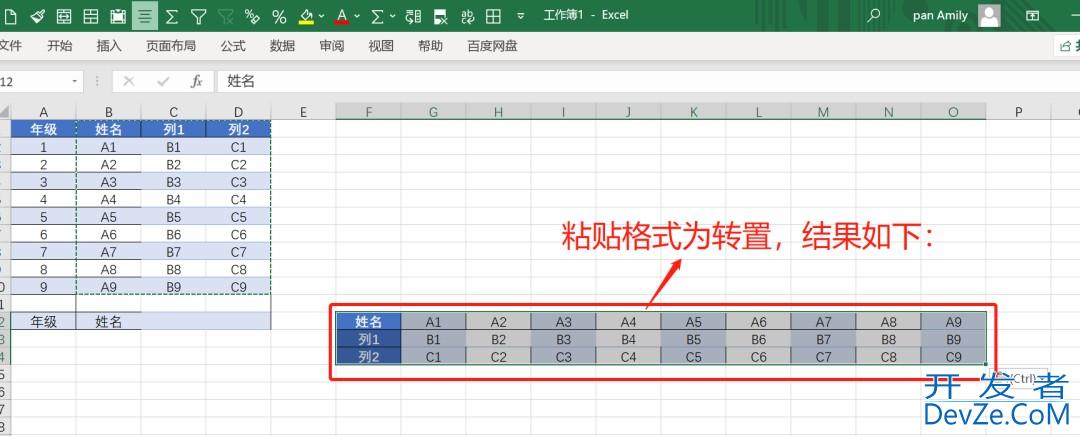
 加载中,请稍侯......
加载中,请稍侯......
精彩评论